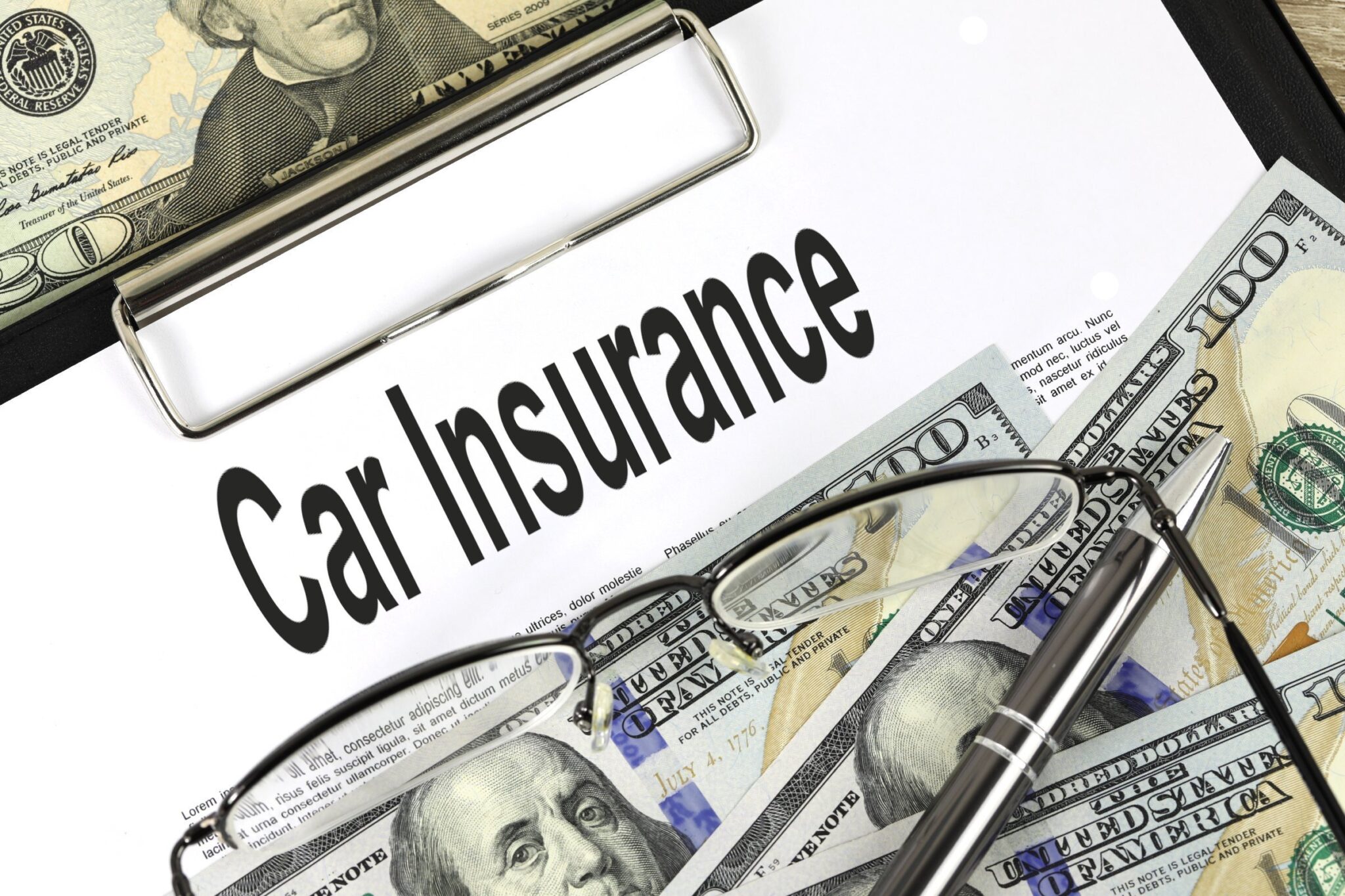Regarding car insurance, numerous drivers often ponder the way their premiums are determined. The process can appear mysterious, with various factors affecting the rates you incur. Grasping the details of auto insurance pricing can enable you to make informed decisions when seeking coverage.
Insurance companies use a combination of data analysis and statistical modeling to determine your rates. This involves evaluating your personal information, driving history, and even the type of vehicle you possess. By diving into the elements, we can uncover the factors that contribute to calculating those rates and steps you can take to maybe lower them.
Factors Affecting Insurance Premiums
When it comes to calculating your car insurance rates, several key factors come into play. One of the key considerations is your driving record. A clear record with zero accidents or traffic violations typically signals to insurers that you are a lower risk, resulting in better premium rates. On the contrary, if you have accidents or speeding tickets on your record, you may find yourself having elevated premiums as insurers consider you as a greater risk on the streets.
Another crucial factor is your geographic location. Insurance companies examine the area where you reside and drive to determine the probability of accidents, theft, or vandalism. City areas generally have higher crime rates and more traffic congestion, which can cause higher insurance costs. On the other hand, rural areas might see lower premiums due to less traffic and lesser claims, reflecting a lower risk to the insurer.
Personal characteristics also play a important role in determining the premium. Factors such as how old you are, gender, and marital status can affect rates. Young drivers, particularly males, often face higher insurance costs due to statistical data showing these individuals are at greater risk of accidents. Married cheap car insurance near dallas, tx or older drivers may enjoy lower rates as they are generally seen as less risky. Furthermore, the type of vehicle you drive and its safety ratings can additionaly affect your insurance costs.
A Importance of Insurance Underwriting
Insurance underwriting is a critical procedure in determining car auto insurance rates, acting as the method by which insurers assess the likelihood of covering a specific driver. When you seek auto insurance, insurance underwriters analyze various factors, such as your past driving behavior, credit history, and the kind of vehicle you drive. This analysis helps insurance companies anticipate potential claims and set pricing appropriately. A favorable driving record with minimal incidents or tickets often produces lower rates, while a record of claims can lead to elevated costs.
In addition to specific driver data, underwriting also evaluates external factors such as geographic location and market trends. For instance, a driver residing in an area with a elevated incidence of accidents may encounter increased premiums. Insurance underwriters also factor in the type and style of the vehicle, as some cars are more prone to theft or expensive to repair, influencing the overall risk. These detailed assessments guarantee that rates mirror an exact level of risk for each policyholder.
Moreover, the underwriting procedure have changed with technology. Insurers now employ advanced algorithms and data analytics to refine their assessments and increase accuracy. This progress allows for a better customized approach in setting premiums, enabling for insurers to present attractive rates while maintaining profitability. In summary, underwriting is a vital role that harmonizes the interests of both insurer and the insured, ultimately defining the landscape of car insurance pricing.

How to Decrease Your Car Insurance Rates
A effective way to reduce your car insurance rates is by comparing prices for the lowest deals. Insurance companies offer a diverse rates depending on different factors such as the driving history, vehicle type, and location. By looking at quotes from multiple providers, you can find a plan that gives the same coverage for a lower price. It’s advantageous to check for discounts that some insurers provide, such as those for safe driving, bundling policies, or being member of certain organizations.
Another strategy to reduce your auto insurance costs is to boost your deductible. The deductible is the sum you pay out of pocket before your insurance kicks in for a claim. By opting for a higher deductible, you can typically decrease your monthly premium. However, it is essential to ensure that the deductible you choose is an amount you can easily afford in the event of an accident. Finding a balance between your deductible with your overall coverage needs is essential.
Lastly, considering your car's safety features and its insurance rating can significantly affect your rates. Vehicles equipped with sophisticated safety features, such as anti-lock brakes, airbags, and security systems, often qualify for discounts. Additionally, choosing a car model that has a demonstrated track record of safety and low repair costs can lead to lower premiums. When buying a vehicle, it’s advantageous to research its insurance ratings and choose one that will help you cut down on auto insurance.
